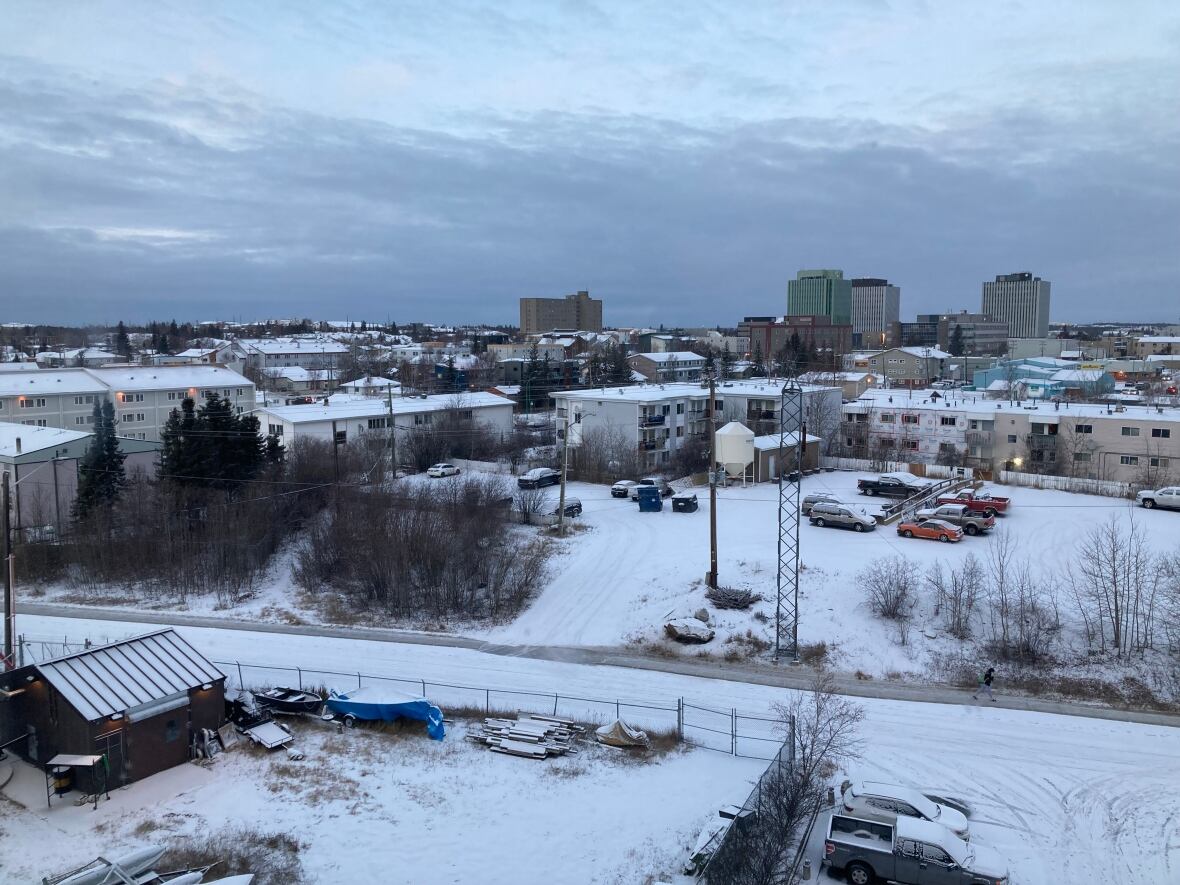Should the N.W.T. change the number of seats in the Legislative Assembly?
The N.W.T. Electoral Boundaries Commission recommends either keeping 19 seats or dropping to 16

Residents can share their thoughts on whether the N.W.T. should keep the current number of MLAs or decrease them.
The N.W.T. Electoral Boundaries Commission is an independent group that reviews the existing electoral districts after every second election.
The commission found several districts are either over or under represented in the Legislative Assembly. But the report said there are exceptions to overrepresentation, such as districts that represent a minority population.
The commission issued an interim report with two possible suggestions to ensure more equal representation.
16 electoral districts
One option includes decreasing the number of MLAs from 19 to 16, by cutting a single electoral district in three hub communities — Yellowknife, Hay River and Inuvik.
The remaining six electoral districts in Yellowknife would be redistributed so they are of equal population. Inuvik and Hay River would each be represented by one MLA.
The small community of Enterprise would be included in the single Hay River electoral district instead of the Deh Cho electoral district.
The biggest change would come with Sambaa K'e and Jean Marie River First Nation no longer being a part of the Nahendeh district and instead being included in the Deh Cho. The Deh Cho electoral district currently has the smallest population and the move would lessen the constituents' overrepresentation.
According to the report, this redistribution would bring the average level of representation to an equal level that meets the commission's guidelines.
19 electoral districts
The other option is to keep the 19 electoral districts, but redistribute several of them to make more equal representation.
The seven districts in Yellowknife would have the boundaries adjusted to equally distribute the population.
The Inuvik districts would also be redistributed so both have equal representation.
This option would also involve moving Enterprise from the Deh Cho electoral district to Hay River South and including Sambaa K'e and Jean Marie River in the Deh Cho electoral district.
This option would make each riding within the representation guidelines except for Inuvik's two districts, which would have slight overrepresentation, the report says.

Representation in Yellowknife
As part of the role, the committee collects and publishes comments from the public on the suggested changes.
Eli Purchase wrote in a comment that "neither of the two suggestions of MLA seat breakdowns offers a truly representative legislature when the population of Yellowknife is considered."
Purchase wrote how Yellowknife represents nearly 48 per cent of the N.W.T. and the two suggestions would result in only around 37 per cent of the MLAs representing Yellowknife.
This concern is not new, as the committee writes in its bio that a group successfully challenged the N.W.T. legislature's representation of Yellowknife in court in 1999.
At the time, there were 14 seats in the N.W.T. legislature, four of which were Yellowknife members.
The Supreme Court's ruling resulted in policy that established of the electoral committee and eventually resulted in additional seats for Yellowknife, Inuvik and Hay River.

Public input
Bill Braden, the former MLA for Great Slave from 1999 to 2007, wrote in a comment that he supports keeping the 19 districts and redistributing so more equal representation is reflected.
"In general, I would offer that regardless of the population spreads between ridings, it is not an overwhelming burden for any MLA to handle their present constituency workloads. In this vein, I submit that there no need to increase the overall number of MLAs," he wrote.
He said he would be opposed to the option of decreasing the number of MLAs, calling it a "non-starter."
"Eliminating three MLAs would threaten, if not collapse, a legislative process that is already severely challenged in its capacity to do the work of a legislature," he said. "Our current ministerial format, which in my view struggles to support 25 different portfolios among just seven cabinet members, could not afford to suffer a proportionate reduction in its numbers."
John Cournoyea, however, wrote in support of the option, but just in regards to his own riding in Inuvik.
"The existing ridings of Inuvik Boot Lake and Inuvik Twin Lakes should be consolidated into one riding and renamed East 3. This is the original name of the site selected for the community of Inuvik," he said.
Residents have until Feb. 28 to submit comments on the suggested changes.
After the public has been consulted, the commission will file a final report that will be tabled and voted on in the Legislative Assembly. The 2021-22 report will be tabled sometime in May or June.
The three-person commission consists of a chairperson who must be a judge or retired judge from the Supreme Court or court of appeal, and two other appointed members recommended by the Legislative Assembly.
The 2021-22 commission includes chair Ted Richard, a retired Supreme Court judge and former territorial politician, as well as Jack Rowe and Glen Abernethy.
Corrections
- An earlier version of this story said that Bill Braden was the MLA for Great Slave from 2009 to 2017. In fact, he served as MLA from 1999 to 2007.Jan 24, 2022 10:58 AM EST